For referendums to work, voice failure must drive reform
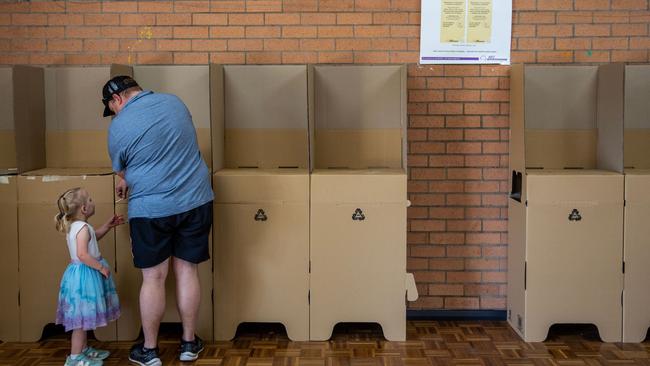
Will the nation have to wait another quarter-century for its next referendum? The answer is likely yes unless there is root-and-branch reform of the process.
Australia’s system of constitutional reform is broken and there is little point in heading back to the polls until this is fixed. A fundamental rethink is needed to establish new ways of finding common political ground and generating proposals that win broad community support. This has been the pattern for several decades. Referendums fail – often badly – and governments change the narrative to another topic as quickly as possible. This closes the opportunity for deeper reflection and for reform of how future referendums are conducted. It is a recipe for repeated failure, with unpopular referendums run every decade or more based upon flawed processes, dating as far back as 1912.
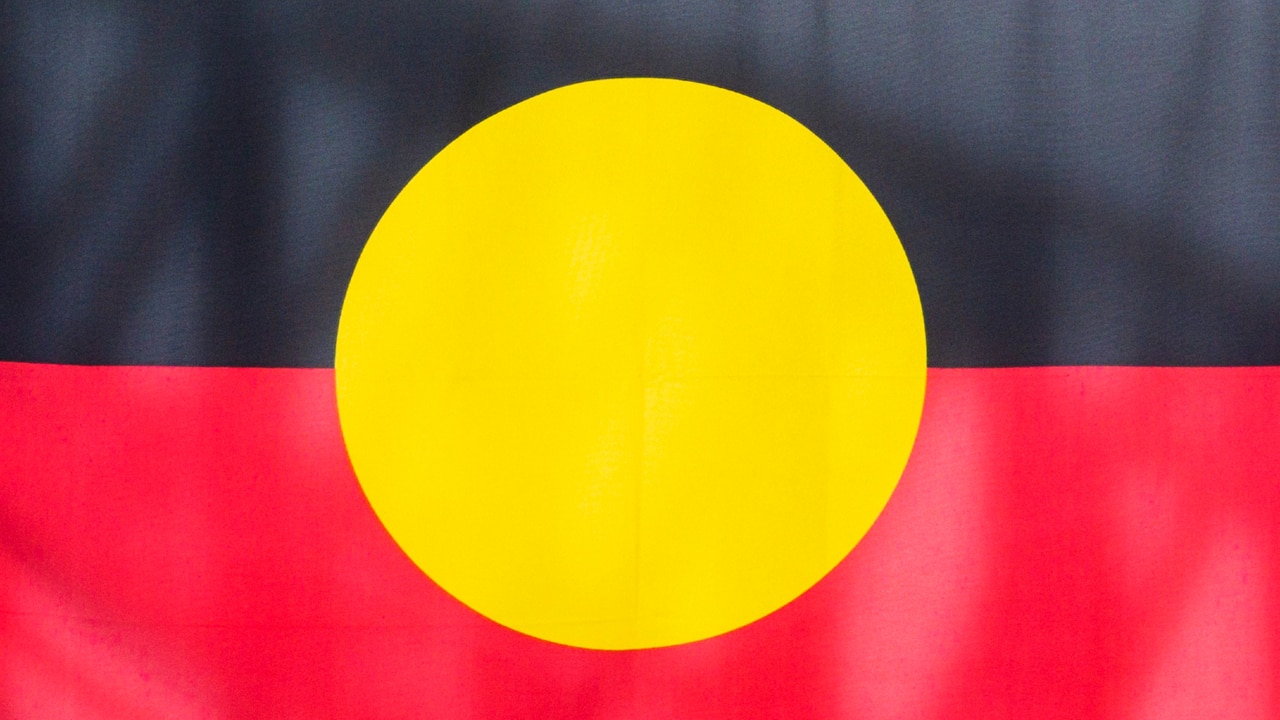
An immediate first step should be a cross-party parliamentary inquiry into the conduct of the voice referendum by the Joint Standing Committee on Electoral Matters. This committee convenes a retrospective inquiry into every national election and should do the same for each referendum.
This is especially needed in the wake of the voice poll, given the emergence of a host of new issues. These include the rise of social media and allegations the referendum was “rigged” due to the different counting of ticks and crosses. Public confidence demands this scrutiny. The inquiry is also an opportunity to ask, once the heat of battle has faded, whether there is a better way of conducting future referendums.
This should start with the ample evidence that Australians are willing to vote yes in referendums to the right proposals put in the right way. This is clear from the state and territory record.
Of the 41 state and territory Yes/No referendums, 19 (46 per cent) have been approved. The success rate is especially high for referendums held on election day rather than midterm, with 12 of 15 proposals passed (a remarkable success rate of 80 per cent).
By comparison, the national figures make for grim reading. Only eight (18 per cent) of 45 referendums have succeeded. Even more sobering is the fact that, at the same time as Australians have approved state referendums such as in 2016 in Queensland for fixed four-year terms, not a single national referendum has passed since 1977.
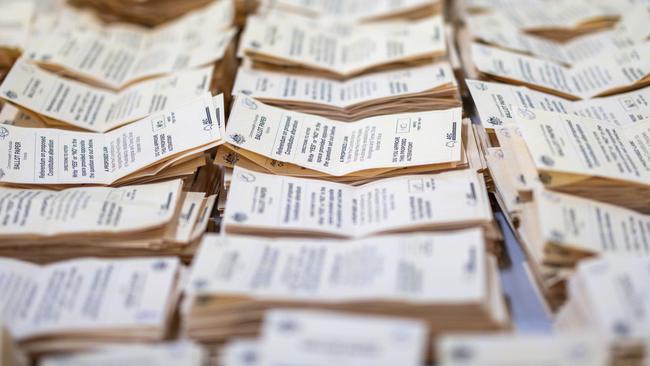
The national experience demonstrates a repeated willingness, especially on behalf of Labor, to put proposals that lack bipartisan support. Labor has put 26 referendums, only one of which passed. That occurred in 1946 when Australians voted yes on the same day as a general election to empower the commonwealth to provide social services such as unemployment benefits. It was also the only occasion on which Labor attracted support from the opposition. Proposals put by the conservative side of politics have likewise failed whenever contested by Labor.
Australia’s referendum experience demonstrates the formidable difficulty of achieving success without bipartisanship. Rather than assuming the next referendum might break the mould, the better approach is to ask how ideas for constitutional reform can be generated to attract broad political support. This should be bolstered by stronger civics education so people have a greater opportunity to learn about their system of government and to cast an informed vote at future polls.
Australia should move on from its highly politicised and ad hoc approach to constitutional reform. A small, nonpartisan constitutional commission should be established to review the Constitution, develop widely supported proposals for reform, consult with politicians and the public, and recommend ideas to parliament. The best ideas should be debated at a representative constitutional convention held every decade before being put to the people at a referendum.
The amount spent on a constitutional commission each year would be minor compared to the hundreds of millions of dollars spent on each failed referendum (budgeted as $364.6m for the voice).
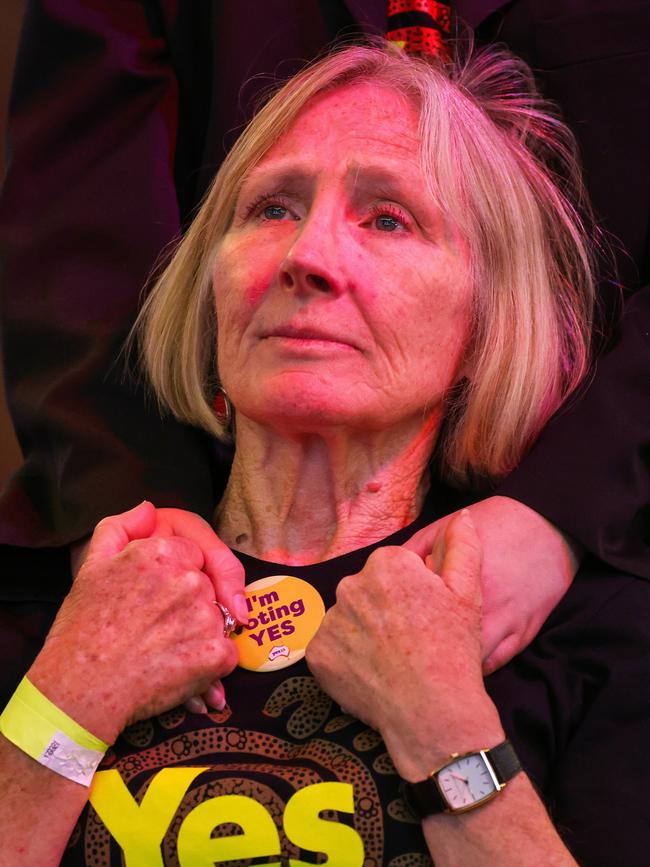
Rather than seeing public funds and reform energy wasted on unsuccessful proposals, a systematic and longer-term approach is needed. This is already in place in other areas through the work of bodies such as the Productivity Commission and Australian Law Reform Commission. It is a more effective means of generating reforms that benefit the nation and attract popular and cross-party support.
A different approach to constitutional reform would bring new types of proposals to the fore. Australia’s next referendum might not be a large and contentious issue of national identity such as the republic. The best chance of success might instead be a less contentious proposal put at election time.
Rather than attracting headlines and division, the reform might be directed at saving taxpayer dollars and fixing some of the many problems with how we are governed. This could put Australia on a more successful path of constitutional reform and put decades of failure behind us.
George Williams is a deputy vice-chancellor and professor of law at UNSW.

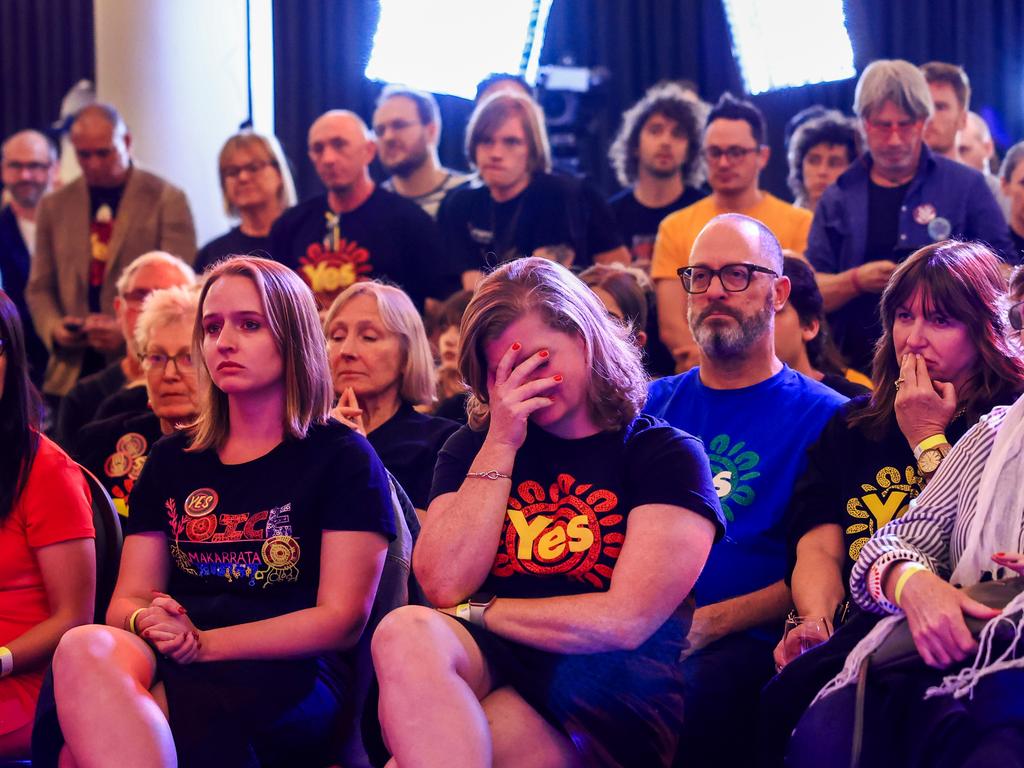


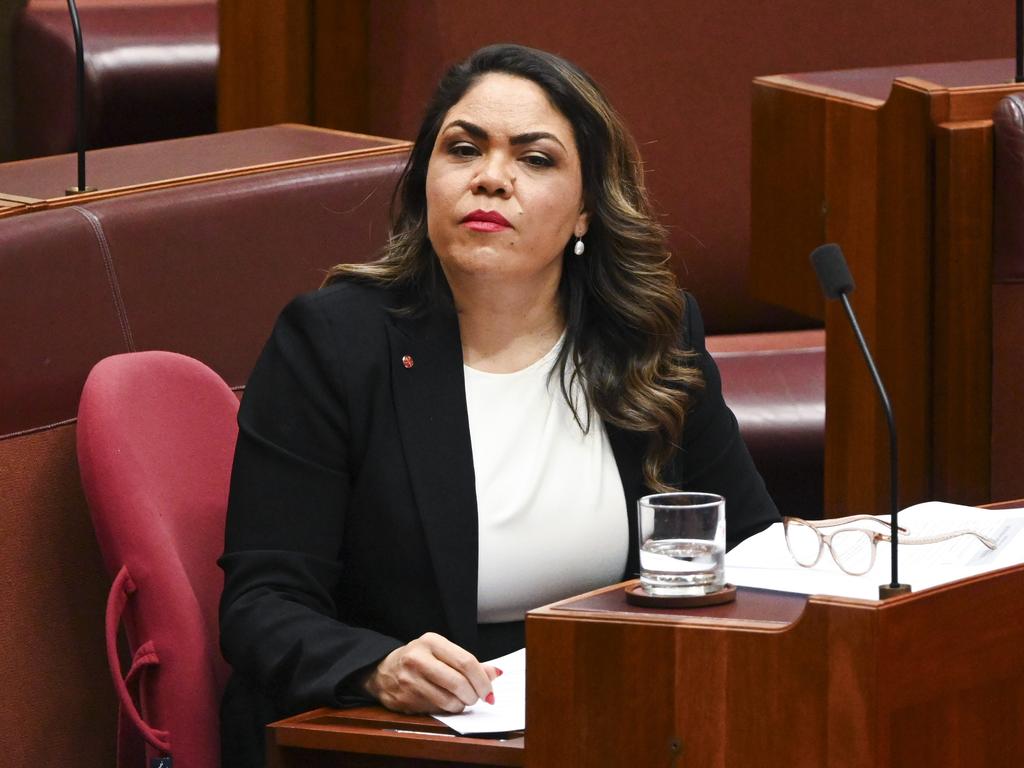


With the Indigenous leaders’ week of silence ending, the danger now is that Australia will move on from the voice without learning hard and necessary lessons.